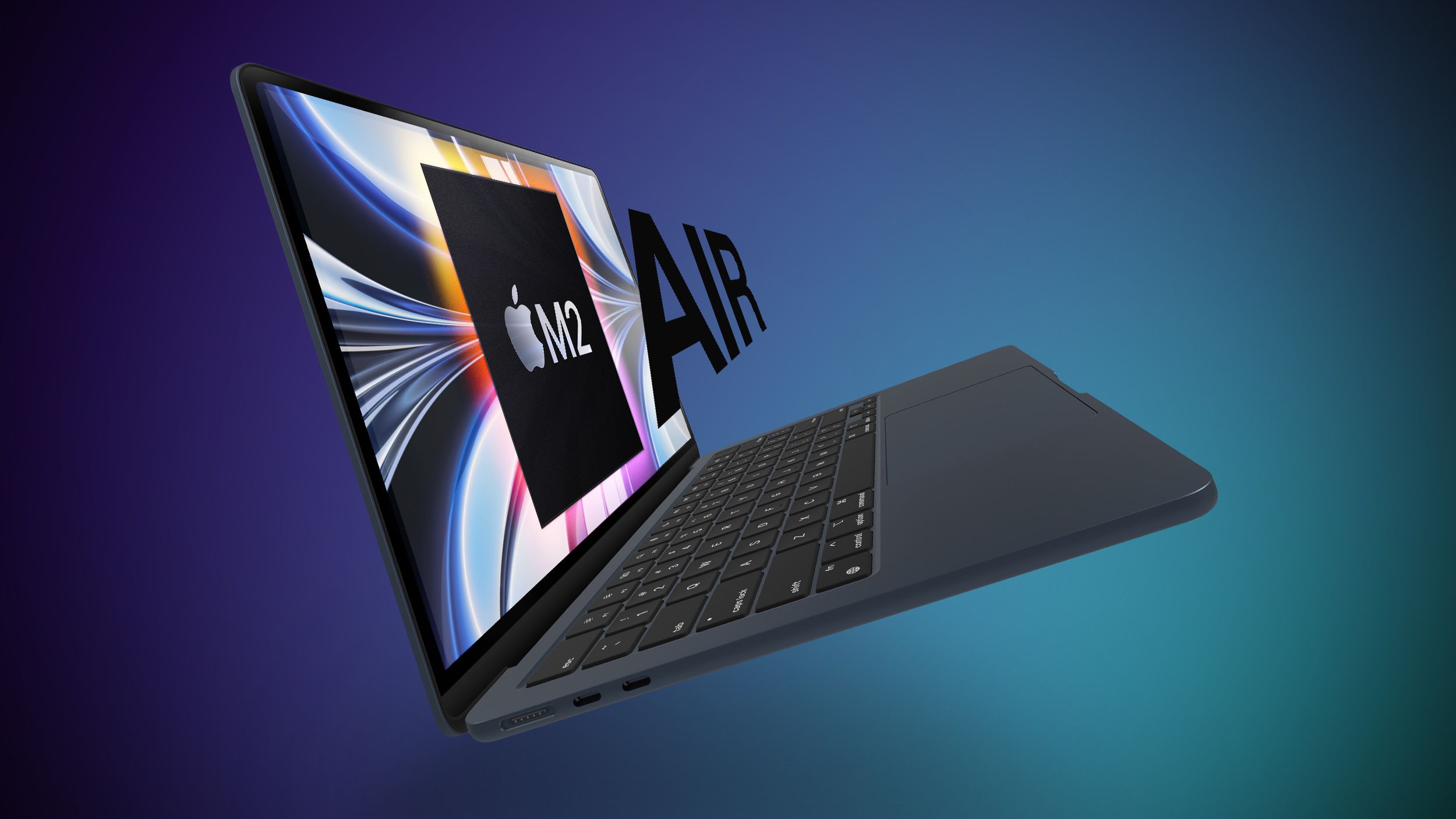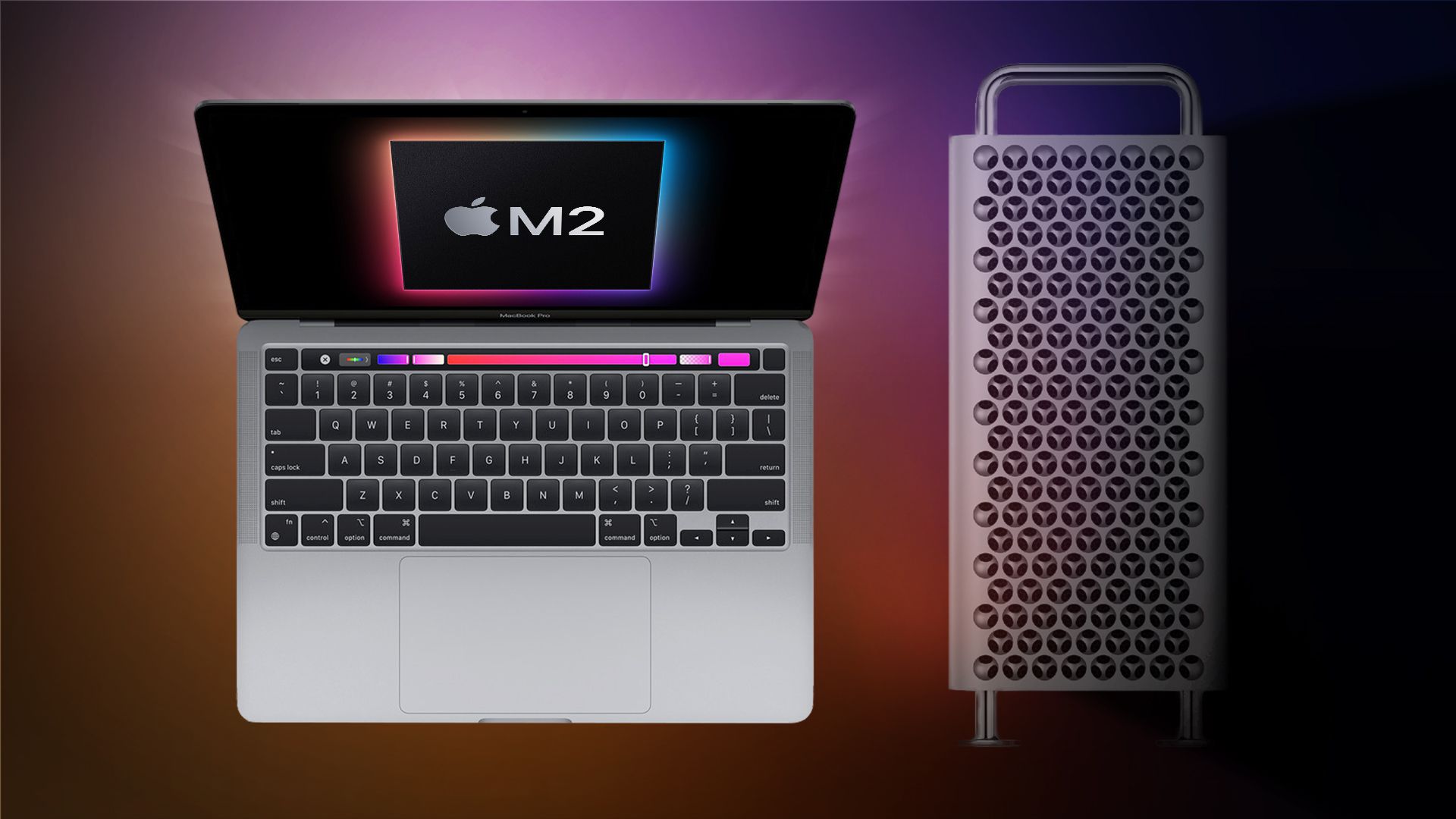Always on offer, I snagged one for 889 retail 2 weeks ago. At that price I'd take it over the new M2 Air, in a few months the new Air will most likely be on sale at 3rd parties like the M1 Pro MBP's have been.The M1 Air is available for £920, which seems like the best option for me.
You are using an out of date browser. It may not display this or other websites correctly.
You should upgrade or use an alternative browser.
You should upgrade or use an alternative browser.
Poll: *** The official 2022 MacBook Air/13" MacBook Pro thread (it has the M2 chip, MagSafe and everything!) ***
- Thread starter Feek
- Start date
More options
Thread starter's postsIt's worth knowing that you shouldn't compare an M1 to an M1 Pro or Max only in core numbers (efficiency and performance), there's quite a bit more to it:

 eclecticlight.co
eclecticlight.co

M1 Pro First Impressions: 2 Core management and CPU performance
The P cores in the M1 Pro/Max CPU are managed in two groups of four, sparing load on the second group, and distributing it unevenly within each group. Its two E cores outperform the four in the M1 …
 eclecticlight.co
eclecticlight.co
The end result is that the two E cores in the M1 Pro/Max are significantly faster (in some respects, at least) than the four E cores in the M1, although the E (but not the P) cores are slowed when running on battery alone.
Because of this sophisticated asymmetric core management, measuring CPU performance in the M1 Pro/Max is more complex than when cores are managed symmetrically. While running on battery alone shouldn’t impair the performance of CPU-bound tasks run at higher QoS, you should expect background services run on the E cores alone to take longer.
There are also interesting implications for developers wishing to optimise performance on multiple cores. With the advent of eight P cores in the M1 Pro/Max, it’s tempting to increase the maximum number of processes which can be used outside of an app’s main process. While this may still lead to improved performance on Intel Macs with more than four cores, the core management of these new chips may limit processes to the first block of four cores. Careful testing is required, both under low overall CPU load and when other processes are already loading that first block. Interpreting the results may be tricky.
I suspect that Apple has done this to further improve energy efficiency and ensure good responsiveness to new CPU-intensive tasks.
I eagerly look forward to seeing more detailed information explaining how the E cores in the M1 Pro/Max appear to outperform those in the M1.
The 13” M2 MacBook Pro is available for preorder from 17th June (in the US) and arriving on the 24th so I assume reviews will be imminent.Difficult to make a fair comparison right now as we still don’t know the exact performance of the m2 nor the battery life or how the display compares.
I take it there’s no date for the review embargo yet?
13-inch MacBook Pro M2 will be available to preorder on June 17th
Apple will start selling the 13-inch MacBook Pro M2 on June 17th, with customers getting their laptops on June 24th.
Bypassing the fact I don’t know what your needs are, I do agree the M2 Air has placed itself on rather a sticky wicket price wise. M1 Air is more than capable for menial tasks which is it’s predominant user base. For those that need performance headroom they’ll really be looking at the Pro models with active cooling etc. Hard to know where the M2 fits in.I'm starting to think that given the price of the M2 I might just pick up an M1 Air, should be more than suitable for what I need it for.
It looks the business but most videos I’ve seen say it’s a massive fingerprint magnet - more so than any other colour/finish.That Midnight colour though....
Bypassing the fact I don’t know what your needs are, I do agree the M2 Air has placed itself on rather a sticky wicket price wise. M1 Air is more than capable for menial tasks which is it’s predominant user base. For those that need performance headroom they’ll really be looking at the Pro models with active cooling etc. Hard to know where the M2 fits in.
Personally I feel the m2 Air is worth the extra £250 for the larger brighter display, better webcam, MagSafe and the updated internals. There’s certainly still merit in considering going for the m1 version for many users though given the saving.
The 13” M2 MacBook Pro is available for preorder from 17th June (in the US) and arriving on the 24th so I assume reviews will be imminent.
As others have said I’m not sure why the 13” m2 MBP exists. Maybe for those who require the Touch Bar or perhaps Apple have a load of unused chassis’s they need to shift !
At least it means we’ll have m2 chipset benchmarks and reviews out before the m2 air launches!
Edit: rumoured geek bench results are out. 10-20% faster than the m2 which is a reasonable uplift. Pretty much untouchable as a laptop chip If it can do that whilst offering MBA m1 or better battery life without the need for active cooling.
Geek bench 5
Single core 1919
Multi core 8928

Leaked Benchmarks Confirm M2 Chip is Up to 20% Faster Than M1
Apple's new M2 chip is up to 20 percent faster than the M1 chip when it comes to multi-core performance, according to leaked M2 benchmarks from...
Last edited:

13-Inch MacBook Pro With M2 Chip Outperforms Base Model Mac Pro Despite Costing Nearly $5,000 Less
The new 13-inch MacBook Pro with the M2 chip appears to be faster than a base model Mac Pro in benchmarks, despite costing nearly $5,000 less. ...
Wow. I didn't realise the M2 was this good.

13-Inch MacBook Pro With M2 Chip Outperforms Base Model Mac Pro Despite Costing Nearly $5,000 Less
The new 13-inch MacBook Pro with the M2 chip appears to be faster than a base model Mac Pro in benchmarks, despite costing nearly $5,000 less. ...www.macrumors.com
Wow. I didn't realise the M2 was this good.
It's good but it mostly highlights how poor the Mac Pro chip is.
32GB of RAM in an M2 Mac laptop would be perfect for me.It's good but it mostly highlights how poor the Mac Pro chip is.
I'm confused, didn't we see the same sort of thing with the M1, how it was more powerful than even the Mac Pro?
13-Inch MacBook Pro With M2 Chip Outperforms Base Model Mac Pro Despite Costing Nearly $5,000 Less
The new 13-inch MacBook Pro with the M2 chip appears to be faster than a base model Mac Pro in benchmarks, despite costing nearly $5,000 less. ...www.macrumors.com
Wow. I didn't realise the M2 was this good.
Hmm. I must have missed that.I'm confused, didn't we see the same sort of thing with the M1, how it was more powerful than even the Mac Pro?
I've just noticed that the type c double plug is available for order. Mine is coming on Wednesday.

On a side note I don't know why but I can't look at it for long as it makes me feel weird. Some sort of trypophobia? Urgh...

35W Dual USB-C Port Power Adapter
The 35W Dual USB‑C Port Power Adapter allows you to charge two devices at the same time, whether you’re at home, in the office or on the go. Apple recommends using it with MacBook Air. You can also use it with iPhone, iPad, Apple Watch and AirPods.
www.apple.com
On a side note I don't know why but I can't look at it for long as it makes me feel weird. Some sort of trypophobia? Urgh...
Bypassing the fact I don’t know what your needs are, I do agree the M2 Air has placed itself on rather a sticky wicket price wise. M1 Air is more than capable for menial tasks which is it’s predominant user base. For those that need performance headroom they’ll really be looking at the Pro models with active cooling etc. Hard to know where the M2 fits in.
It looks the business but most videos I’ve seen say it’s a massive fingerprint magnet - more so than any other colour/finish.
The base model M1 Air is very capable, I had the MBP 16 M1 Pro for a few weeks and there is no difference in day to day use at all. I went from the 16 to the base model air as I had a very poor experience with the 16 and it ended up with a bricked logic board after a MacOS update. Main difference I see is when doing music production, 8GB is limiting but still workable for me if I close all apps other than my music stuff. So for 1/3 of the price I paid for the 16 I can do everything I need and have better portability, only thing I miss is the screen and ports.
After reading online when my MacBook bricked it seemed other people online had the same issue, I had a feeling their firmware was bugged and I was correct as If I followed apples advice and had logic board replaced then my MacBook would have bricked again on the 12.3 update, as any MBP 14/16 with replaced logic boards got bricked with that update and required a second logic board replacement. I think apples QC is not the greatest these days although they still make the best laptops, but overall the software and firmware implementation is poor. Even on this Air sometimes when I reboot it will hang on a black screen for 20 mins so I have to hard reset, finder crashes very often which also happened on the 16 so that is just a macOS issue.
But overall M1 air is great, I think it’s a steal if you can get it for around £900 or less.
MacRumors 12.3 bricking macs
Reviews starting to come out on the MBP 13” M2. M2 gives a performance bump as expected https://www.techradar.com/reviews/apple-macbook-pro-13-inch-m2-2022
The M2 MBP is thermally throttling, so what hope is there fore the Air? it may be fine for short bursty use, but anything with a longer thermal envelope and the M1 may actually equal it.
https://www.youtube.com/watch?v=nVIknUcCjiQ
https://www.youtube.com/watch?v=nVIknUcCjiQ

